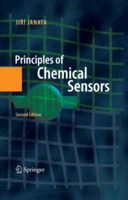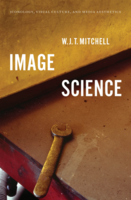by Fellows

AIAS fellows are asked to recommend a book that has inspired their work. On this page, you can find their recommendations and motivations for recommending exactly that book. The books are physically on display in the AIAS Lounge and can be on loan.
The books serve as a source for inspiration for critical thinking and offer concrete ideas from researchers from other fields and with different mindsets. Also they relate fellows and spark new conversations among the AIAS community of scholars.
The books are presented during the AIAS Friday Breakfasts.
We hope this virtual display will also inspire you – enjoy!
2024 - AIAS FELLOWS' BOOK RECOMMENDATIONS












